Samsung Galaxy Watch 8 Classic review: Stylish smartwatch that makes everyday fitness feel effortless
I tested Samsung’s premium smartwatch and enjoyed it a lot more than I care to admit


Samsung’s Galaxy Watch 8 Classic blends style and smarts, with a premium look, intriguing health tracking, and AI run coaching for beginners. It’s bulkier, pricier, and short on battery life compared to some rivals, but for professionals wanting a stylish health-focused smartwatch, it’s an easy one to love.
-
+
Looks stunning
-
+
Intriguing new health features
-
+
Advanced sleep guidance
-
+
AI Running Coach can help beginners
-
+
Multi-band GNSS for better positioning accuracy
-
-
Bulkier than the Galaxy Watch 8
-
-
No strength training mode
-
-
Now bar is a bit subtle
-
-
Comes in one size only
Why you can trust T3

There’s been a steady stream of leaks coming before the big Galaxy Unpacked event in June 2025, spoiling quite literally everything about the upcoming Galaxy Watch 8 range, from colours to price and more. Samsung also started preempting the upcoming features, leaving little to the imagination.
So when the Galaxy Watch 8 Classic landed on my desk, I wasn’t massively excited. Sure, the rotating bezel is back, but we knew about it coming years ago, as Samsung itself confirmed that it would oscillate between Pro and Classic Galaxy Watches every other year. And, to be honest, I always thought the rotating bezel was a bit of a gimmick.
Despite my initial apprehension, I thoroughly enjoyed testing the Galaxy Watch 8 Classic. The new health features intrigued me, and the new design both looked good and felt premium. It’s a smartwatch that knows who it's for and delivers the experience accordingly: business people wanting a good-looking watch to track their health.
The Galaxy Watch 8 Classic isn’t without caveats, and not everyone will be able to justify the premium price. However, I suspect people who might fancy the watch will be happy to shell out some extra cash for the more handsome wrist candy that is the Galaxy Watch 8 Classic.
Samsung Galaxy Watch 8 Classic review
Price and availability
The Galaxy Watch 8 Classic was announced in July 2025 and is available to buy now directly from Samsung UK, Samsung US and Samsung AU, with prices from £443/ $550/ AU$899. It comes in one size and two versions: Bluetooth-only and Bluetooth+4G (a.k.a. LTE). There are two colours to choose from: White or Black (keeping it simple).
For comparison, the price of the Galaxy Watch 8 starts from £319/ $350/ AU$649. That’s for the smaller 40mm version. The larger version (44mm) is still cheaper and lighter than the Watch 8 Classic but has more or less the same battery power.
Specifications
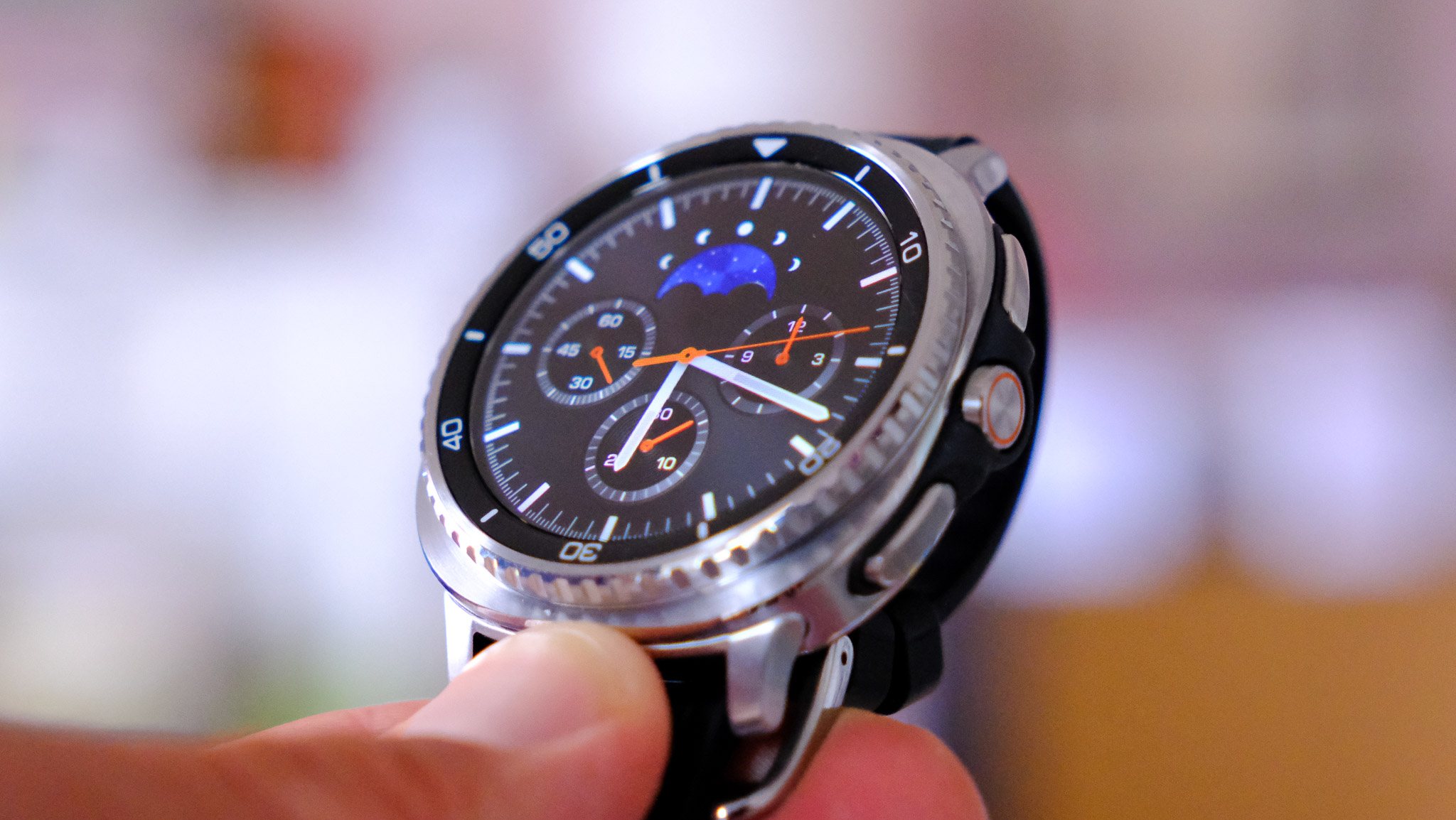
- Works with: Android only (you need a Samsung smartphone to unlock full functionality)
- Size: 46mm
- Weight: 63.5g
- Battery life: up to 30 hours (in Power Saving mode)
- Heart rate sensor: BioActive Sensor
- Operating system: One UI 8 Watch
Design and build quality

The Galaxy Watch 8 Classic follows the design of the Samsung Galaxy Watch Ultra, which was announced last year. Samsung calls it cushion design, others call it sqircle. Either way, it’s a circular watch face on a rounded circle case. It looks nice and, most importantly, recognisable.
Get all the latest news, reviews, deals and buying guides on gorgeous tech, home and active products from the T3 experts
It’s interesting to see that it took Samsung seven iterations to find its design language. Don’t get me wrong: smartwatch design can be very limiting. Apple claimed the square watch face quite early on, leaving other brands to scramble and find their own thing. Huawei also only recently started to find its rhythm with the octagonal case design.
The watch case itself has a stainless steel bezel and front and a plastic back. The latter is to keep the cost at bay (I assume) and the weight to a minimum. Even with that, the 46mm Galaxy Watch 8 Classic weighs a hefty 63.5 grams, almost twice as much as the 44mm Galaxy Watch 8, which weighs a mere 34 grams.
The display is a 1.3-inch (34mm) Super AMOLED screen with a 438 x 438 resolution. It has a maximum brightness of 3,000 nits, which is on par with other premium smartwatches, such as the Huawei Watch 5. It’s readable in most lighting conditions and refreshes quickly. I found the touch interface to be smooth and accurate.
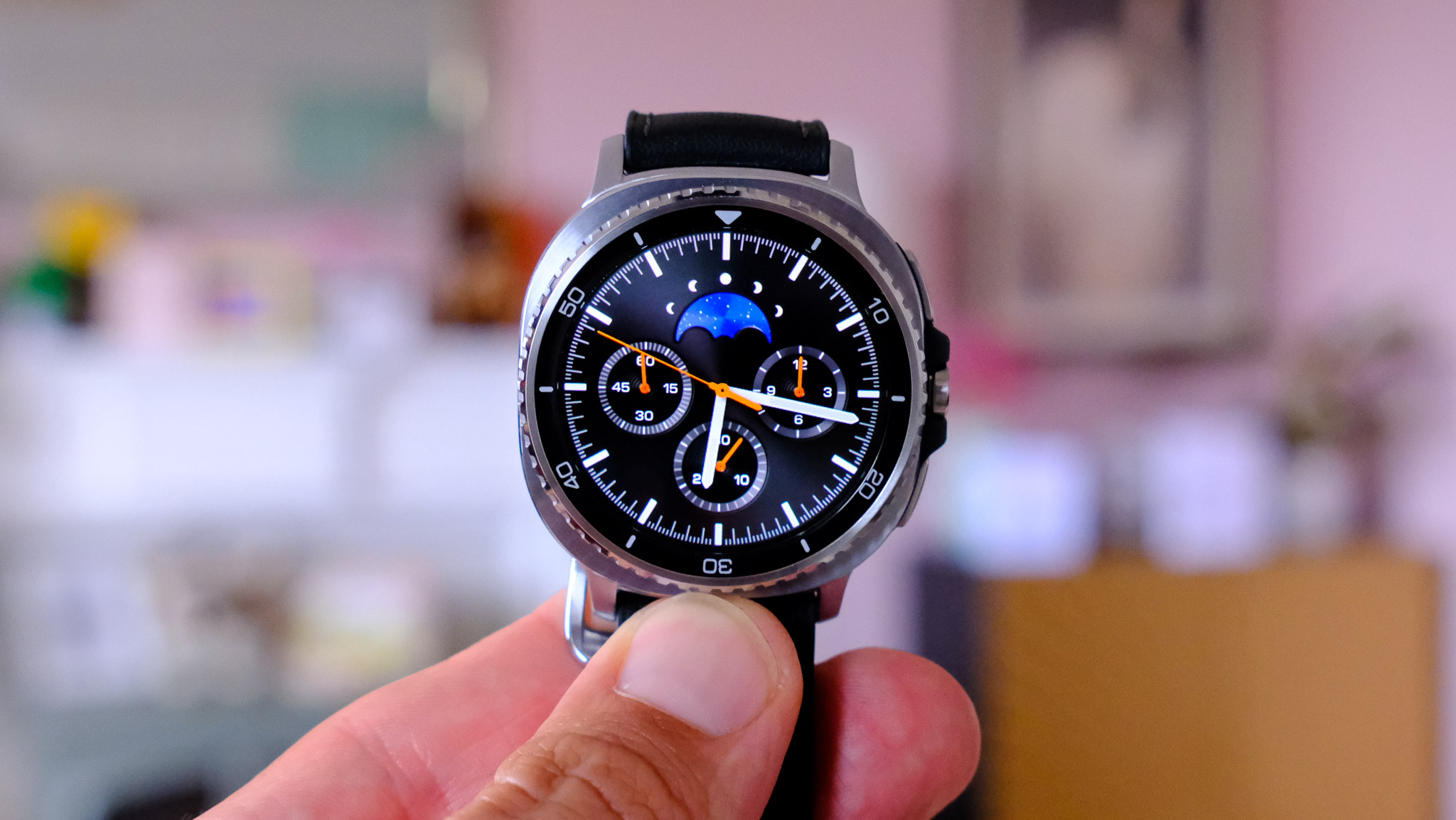
There is a minimal delay when the watch face wakes up, but once the penta-core 3nm Exynos W1000 chip kicks in, it’s smooth sailing afterwards. Transition times between different screens are minimal. You can also use the rotating bezel to quickly breeze through menus.
Speaking of the bezel, I found that once the novelty wears off, it’s not used too often. The bezel shuffles the tiles and icons too quickly, which makes you go back and forth before finding the one you wanted. I really don’t understand why people were desperate to get it back.
There is also the question of dirt getting under a rotating part of the watch. After some time, this would result in parts essentially being ground away. I assume this is the reason why the bezel was excluded on the more sporty Galaxy Watch 7 Pro. It’s not a bad feature, but I don’t think the rotating bezel is an essential feature.
I was fiddling around with the straps at first, as attaching them to the watch case can be tricky. I suspect Samsung knows this, which is why the company included a little tutorial in the box. Admittedly, you only have to attach the straps once, but it’s far from being a smooth process.
The Galaxy Watch 8 Classic has dual-band GNSS, and it's also equipped with Samsung’s BioActive Sensor. The latter has a number of colourful LEDs and enables the smartwatch to measure everything from blood pressure and ECG to antioxidants and other metabolic products in your system.
Features and accuracy
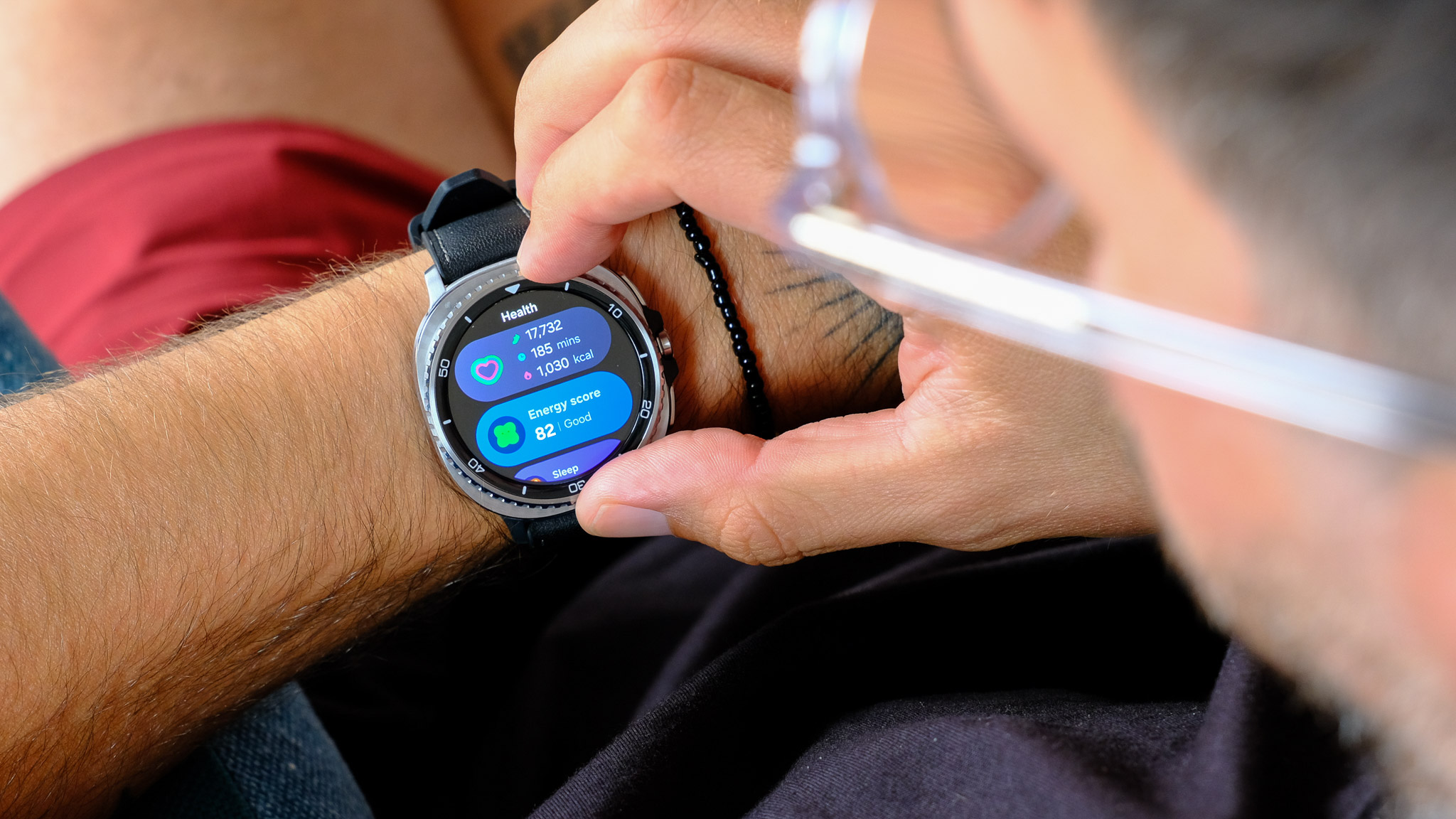
One thing the Galaxy Watch 8 Classic has plenty of is health and fitness features. The latest One UI 8 Watch update added a few more, including Vascular Load and Antioxidant Index. It also added a new AI Running Coach and improved sleep recommendations (e.g. Bedtime recommendations).
I won’t go through all the health and fitness features, because A) it would take me days and B) I’d be repeating myself a lot. You can read more about features introduced with the BioActive Sensor in Britta’s excellent Samsung Galaxy Watch 7 review – the Galaxy Watch 8 series builds on these.
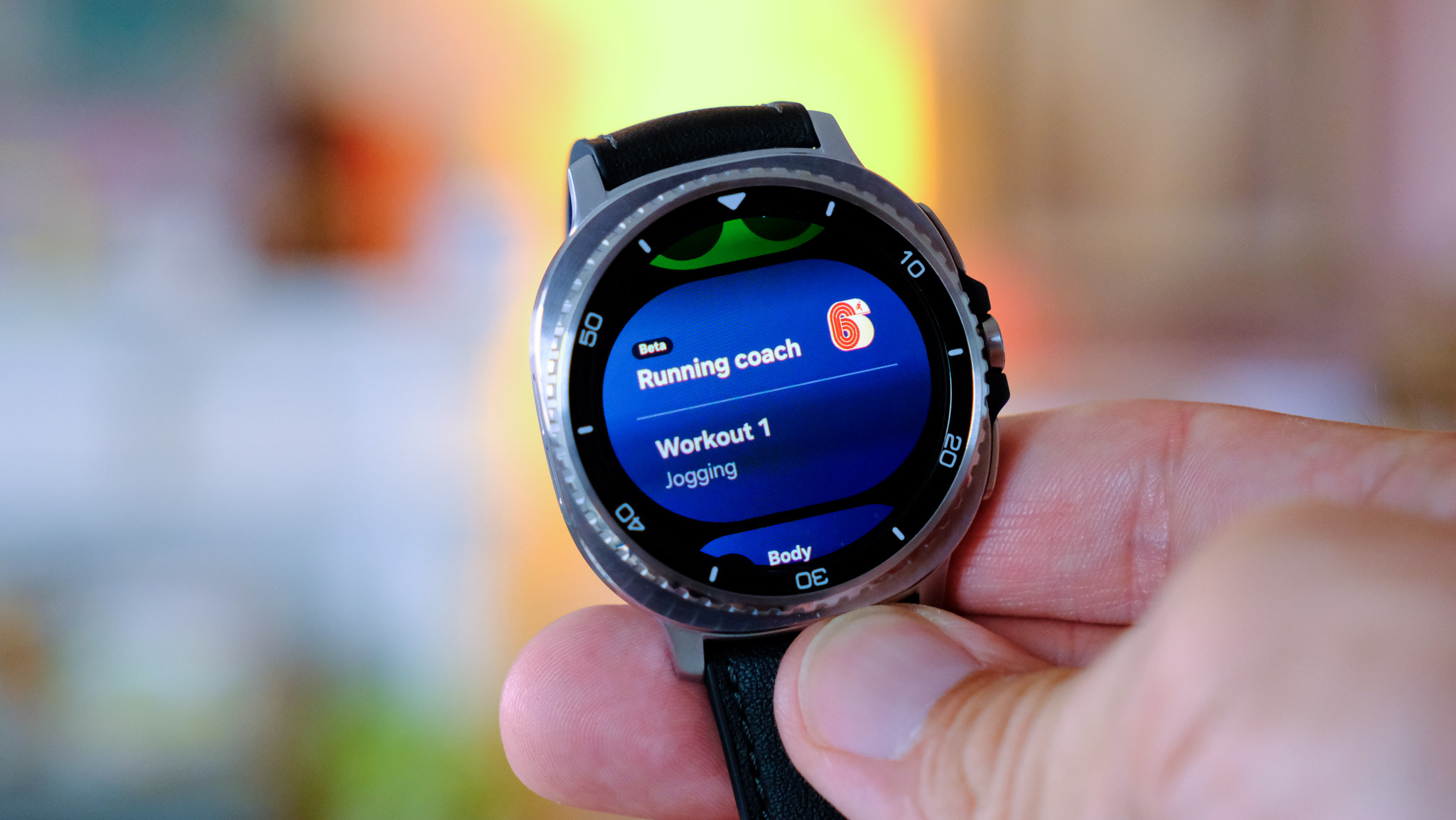
I’ll start with Running Coach, which is a machine learning-powered addition to the already impressive fitness-tracking prowess of Samsung smartwatches. You’re required to do an “all-out” run at first, after which the Galaxy Watch 8 will sort you into one of 10 categories. After my test run, I was told my running level is six, and the watch set a target of running 15k in under 1h42m43s (very specific).
Now, I’m not a fast runner, but I can run a half-marathon in that time. Actually, I can run a half-marathon in around an hour and a half. Nevertheless, the Galaxy Watch 8 Classic decided that I needed to improve my speed and put together a plan to get me there. Needless to say, the workouts are pretty short and slow for my taste. There is a variety, though, and I can see the feature appealing to beginner users.

I became somewhat obsessed with one of the new features: Antioxidant Index. Essentially, the sensor estimates levels of carotenoids (antioxidant pigments from fruits and veggies) accumulated in your skin by shining yellow, blue, and violet LED light onto the skin. Based on this, it gives you a score between zero and 100; the higher, the better.
My first score was around 32-33, which surprised me. I tend to have fruits and vegetables every day, so I thought I was covered, but my Galaxy Watch 8 Classic thinks otherwise. I was determined to prove the sensor wrong, so I started upping my veggie intake, and within 10 days/ a couple of weeks, my score went to about 48-50.
Even though it’s far from the maximum score and only puts me in the Low category, it shows that the watch did pick up on my increased carotenoid consumption.
Of course, it’s a consumer‑grade feature meant for motivation and awareness, not a diagnostic or clinical-grade test. It only provides a partial antioxidant picture and can only measure skin carotenoids. It doesn't account for other antioxidants like vitamins C/E, glutathione, or enzyme activity. Still, it’s a fun feature that legitimately made me eat more good food, so it works in that way.
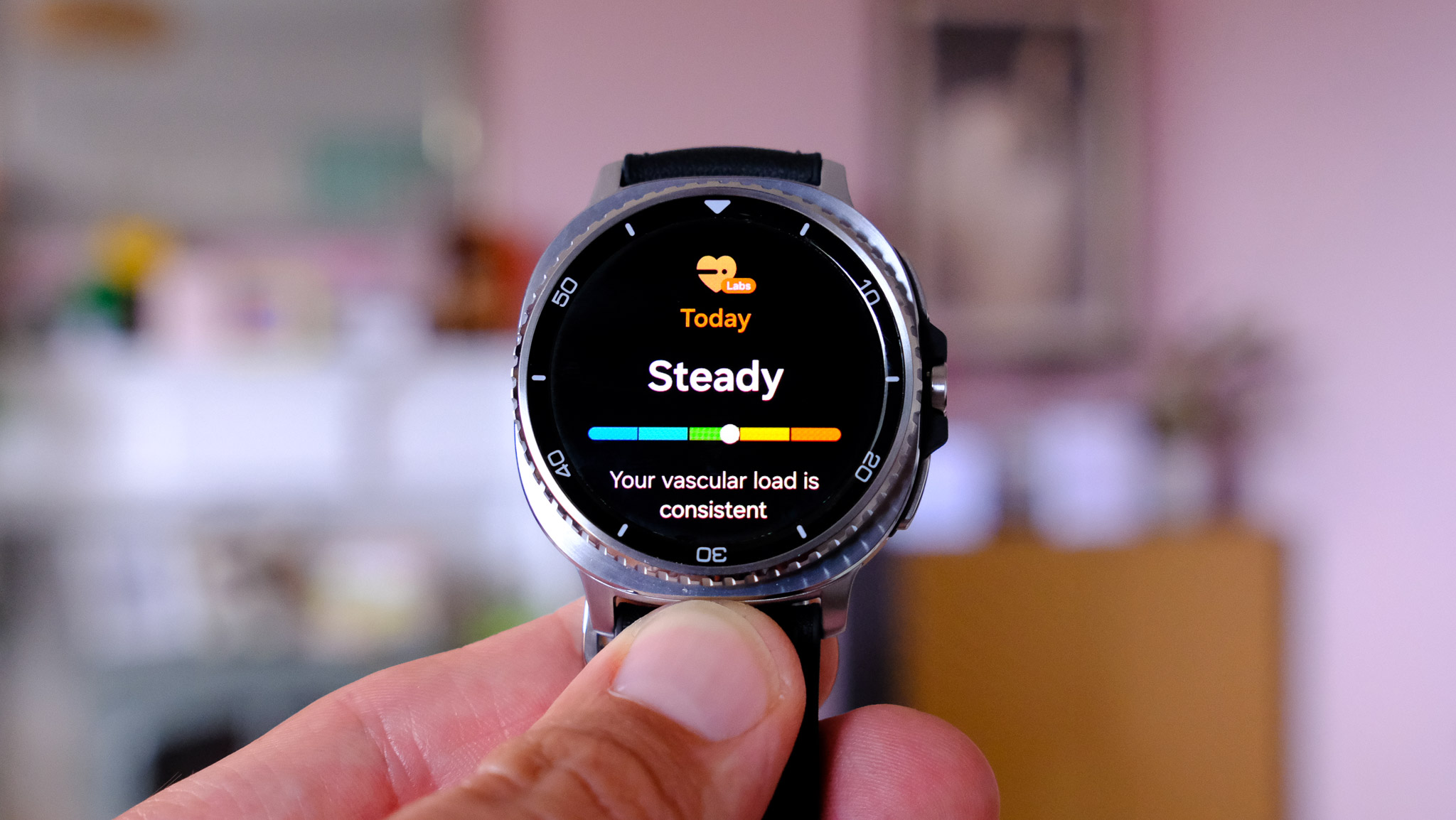
Vascular Load is another new addition, and it refers to the level of stress or effort your circulatory system is under. It’s being measured automatically during sleep. Think of it as a readiness score, telling you how balanced your exercise-recovery pattern is. For instance, excessive stress, poor sleep, and inadequate exercise will put a lot of strain on your vascular system.
Both the Antioxidant Index and Vascular Load are efforts from Samsung to gamify your health. It joins the ranks of one of the most obscure health features on wearables, the AGEs (Advanced Glycation End-products) Score, which I’m still not sure if I understand correctly. The brand is venturing further into advanced health monitoring to such a degree that attending a press briefing sometimes feels like you’re at a medical conference.

Other, non-medical improvements include Bedtime Guidance, a new sleep feature that does just that: suggests when you should go to bed. I have a steady sleep pattern and generally sleep well, so the Galaxy Watch 8 Classic couldn’t really recommend anything to improve them (#humblebrag). Nevertheless, it tried!
One of the more interesting suggestions was to go to bed later for a reason. It also said that too much sleep can be as harmful as too little, which I tend to agree with, but only in the sense that most people don’t need to spend 12 hours a day in bed. My nine hours (which is not sleep time, to clarify, but the amount of time I spend in bed) isn’t excessive by any means.
I had the same issue with the Whoop MG, which kept recommending I go to bed at 11:30 PM, even though it also said my regular sleep pattern and sleep quality are great. Samsung’s machine learning system seems to be doing the same thing. I appreciate that my sleep is somewhat of an anomaly – the watch says I’m in the top 2% of my age group – but this clearly shows the limitations of machine learning.
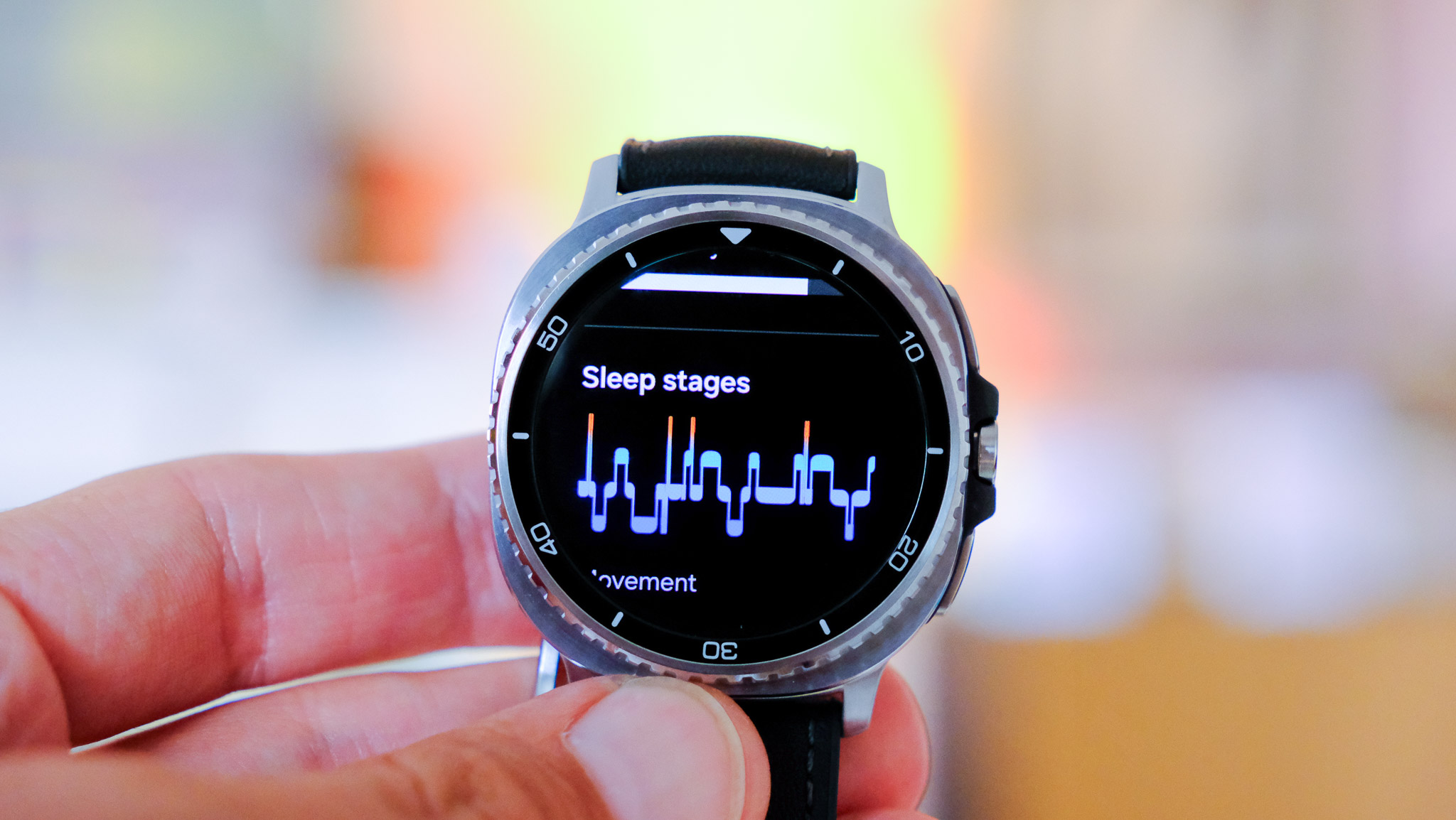
AI is told to recommend something, even if there is nothing to recommend, and it doesn’t care whether any of its suggestions make sense or not. Do you have a consistently high sleep score? How about if you went to bed later and slept less? Confusing. I’m sure most people get actionable recommendations, though.
Other health and fitness tracking features didn’t get any worse since last time, which is a good thing. You still get your Energy Score, and can (manually) monitor blood pressure and initiate ECG readings. These latter two (and sleep apnea tracking) still only work with Samsung smartphones – a cheeky little product placement from the brand.
Battery and charging

Battery life is more or less the same as it was before. I believe there has been a marginal improvement, thanks to some AI-powered task optimisation and a less energy-intensive chip, but the Galaxy Watch 8 Classic certainly isn’t a battery bruiser.
Officially, the wearable can go for up to 30 hours on a single charge, but that is in Power Saving Mode. Turning the always-on display, as well as GNSS, NFC, etc., off will save you some power. The screen is the most power-hungry feature, of course, but checking your ECG and blood pressure also significantly reduces battery life.
Once you stop using all the health features continuously and interacting with the watch, even with the always-on display on, it can go for just under two days on a full battery, based on my experience. A day and a half is certainly achievable. Charging is comparatively quick (30-100% in just under an hour), but you need a charging block that supports faster charging speeds (only the cable is included in the box).
Verdict
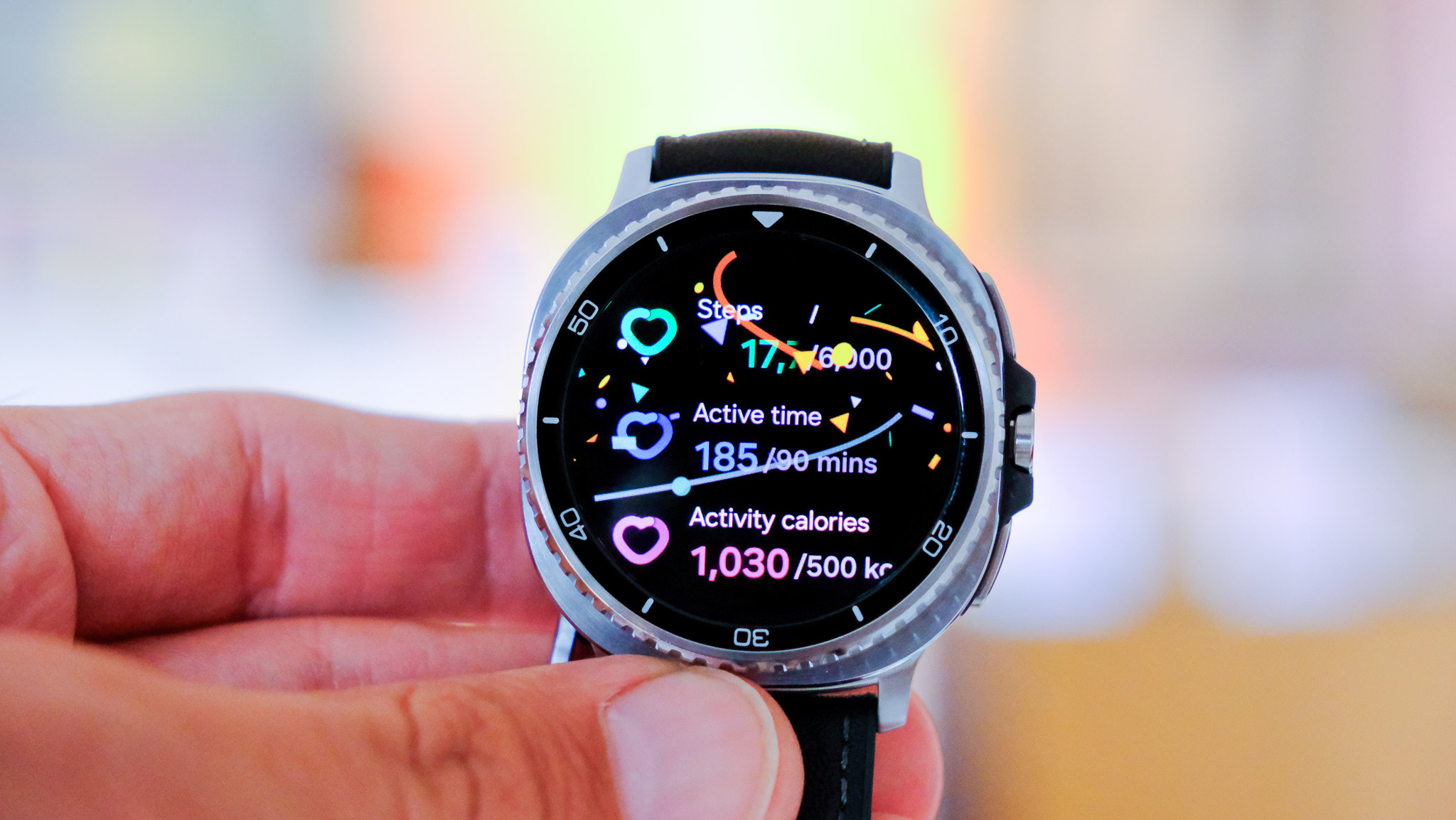
Despite its weaknesses, I enjoyed testing the Samsung Galaxy Watch 8 Classic a lot. It’s a bit bigger and heavier, but I’m 6’1” with big hands/fingers, so it doesn’t bother me much. I like the look and feel of it, and particularly enjoyed playing around with the new health features.
It’s not the perfect smartwatch for everyone – the standard Galaxy Watch 8 suits most people a lot more – but if you prefer going a bit fancier and are happy to pay a slight premium for the privilege, you’ll love the Galaxy Watch 8 Classic.
I wish companies like Samsung would start upping their battery game to bring their wearables up to the level of Garmin and the like. Just under two days is fine if you compare it with the paltry 18 hours of the Apple Watch Series 10, but it's a far cry from the Garmin Fenix 8’s 30-day battery life.
If you’re a health-conscious person but couldn’t quite bring yourself to wear a smartwatch before they looked too basic, the Galaxy Watch 8 Classic is the answer. Just make sure the charging cable is never too far from you.
Also consider
Samsung Galaxy Watch 8: Cheaper, lighter, and just as capable health-wise, the Galaxy Watch 8 skips the stainless steel case and bezel for a more compact design. It’s the better everyday choice for most people wanting Samsung’s latest smartwatch features without the Classic’s premium price tag.
Garmin Venu X1: Garmin’s latest Venu X1 offers excellent fitness tracking, longer battery life, and a bright AMOLED display. With robust workout metrics, GPS accuracy, and advanced health insights, it’s a strong pick for fitness-focused users who don’t mind a sportier look.
Google Pixel Watch 2: The Pixel Watch 2 is a slick, lightweight option with Fitbit’s health tracking smarts and full Google app integration. It’s ideal for Android users wanting a seamless experience, though its battery life is similar to Samsung’s.
Apple Watch Series 10: For iPhone owners, the Series 10 remains the most seamless smartwatch option. It’s packed with health features, smooth performance, and deep ecosystem integration, though daily charging is still required.

Matt Kollat is a journalist and content creator who works for T3.com and its magazine counterpart as an Active Editor. His areas of expertise include wearables, drones, fitness equipment, nutrition and outdoor gear. He joined T3 in 2019. His byline appears in several publications, including Techradar and Fit&Well, and more. Matt also collaborated with other content creators (e.g. Garage Gym Reviews) and judged many awards, such as the European Specialist Sports Nutrition Alliance's ESSNawards. When he isn't working out, running or cycling, you'll find him roaming the countryside and trying out new podcasting and content creation equipment.
You must confirm your public display name before commenting
Please logout and then login again, you will then be prompted to enter your display name.